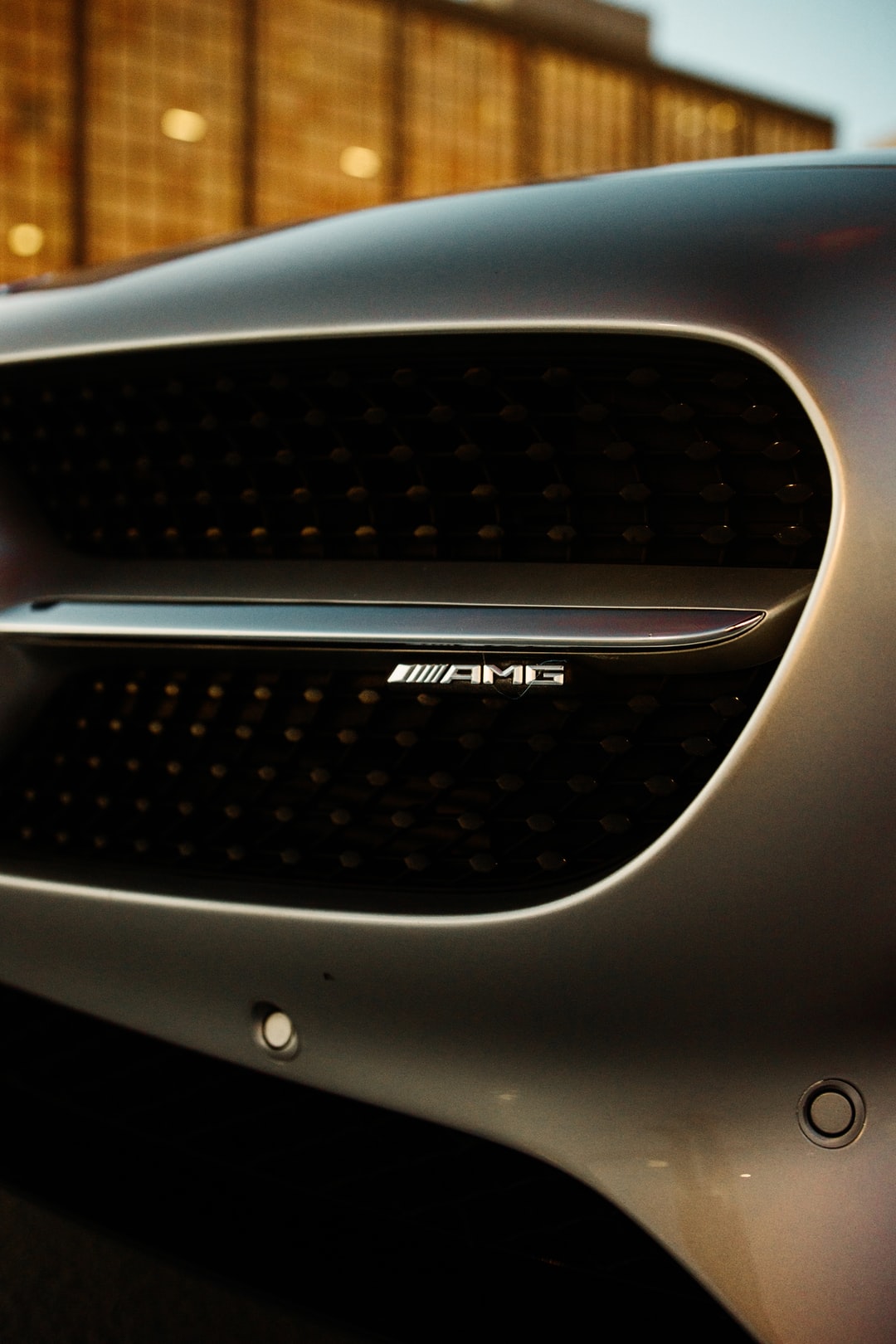
BMW Product Development Strategy
BMW Product Development Strategy. The vehicle is no longer just a mode of transportation; it is at the heart of a new mobility philosophy. Automobile makers are taking possibilities to disrupt the industry’s established business paradigm.
In today’s volatile market conditions, innovation in this company model has become critical to survival. The purpose of this article is to determine what variables inspire and drive business model change, as well as the business model innovation that results
A quick history of BMW
BMW was founded in 1916 by Franz Josef Popp and Karl Rapp as Rapp Motorenwerke, based in Munich. The company initially produced and sold 600 copies of the R32, a radial engine aircraft engine. In the early twenties, BMW began producing motorcycles again in 1923 under the R32 name.
In 1929, BMW began producing cars again, with the BMW 3/15 DA-6 (using a 600 cc flat-twin engine) and the BMW Dixi (a license-built copy of the Austin 7).
The company first began manufacturing motorcycles with the R2 in 1923 and automobiles again in 1928, after some years of producing aircraft engines. It manufactures high-performance vehicles. It is for its sporty origins but today it produces SUVs and luxury sedans as well. They are known for their luxurious vehicles.
BMW innovation
BMW has a long history of innovation. From 1911 to 1912, it produced the Dixi, formed from a merger of three companies that had become insolvent: DKW, Audi, and Wanderer. In 1916, it brought out its first motorcycle (the R 32). The company has produced cars since 1928 under an agreement reached with Jellinek.
It has supplied Bentley limousines to royal customers such as King George V of the United Kingdom and Emperor Hirohito of Japan; Mercedes-Benz owned 50% of the company until 1989 (when both companies agreed to stop making cars together) when Volkswagen took over control of the firm.
In 1998, BMW bought Rover Group for $1.8 billion which then became part of its Mini brand in 2000; it bought Land Rover from Ford Motor Company in June 2000 for $1.9 billion; it sold Mini to a group headed by Nick Stephenson in March 2005 for $500 million in cash, and it sold Rolls Royce Motor Cars to Volkswagen AG in September 1998 for US$570 million where they remained until March 31st, 2017 where BMW bought them back.
BMW Product Development Strategy
The strategy is to build products with high technology and high performance. BMW aims to be a leader in sustainable mobility. Its goal is to continue to develop a range of innovative and customer-focused vehicles that are designed for a maximum driving experience, an optimal balance between sportiness and efficiency, and a high level of comfort.
BMW Group Operating Models
BMW Group is the parent company of the BMW Group operating model. The BMW Group has six main operating models: Mini, Rolls Royce, BMW, BMW Motorrad, Husqvarna Motorcycles, and BMW Group Financial Services. BMW Group is committed to creating a sustainable future for mobility.
The parent company of the BMW Group operating model is located in Munich Germany. The distance from Munich Germany to Spartanburg South Carolina is 553 miles. The company has two factories in Spartanburg South Carolina and one in Greer South Carolina.
In 2017 the company produced over 3 million automobiles at its Spartanburg South Carolina facilities including its X4, X5, X6, Z4 roadster, and Z4 coupe production line. It also has an assembly plant in Rosslyn Portugal and one in Shenyang China. The company has other manufacturing plants in Germany, the United Kingdom, Slovakia, India, and China.